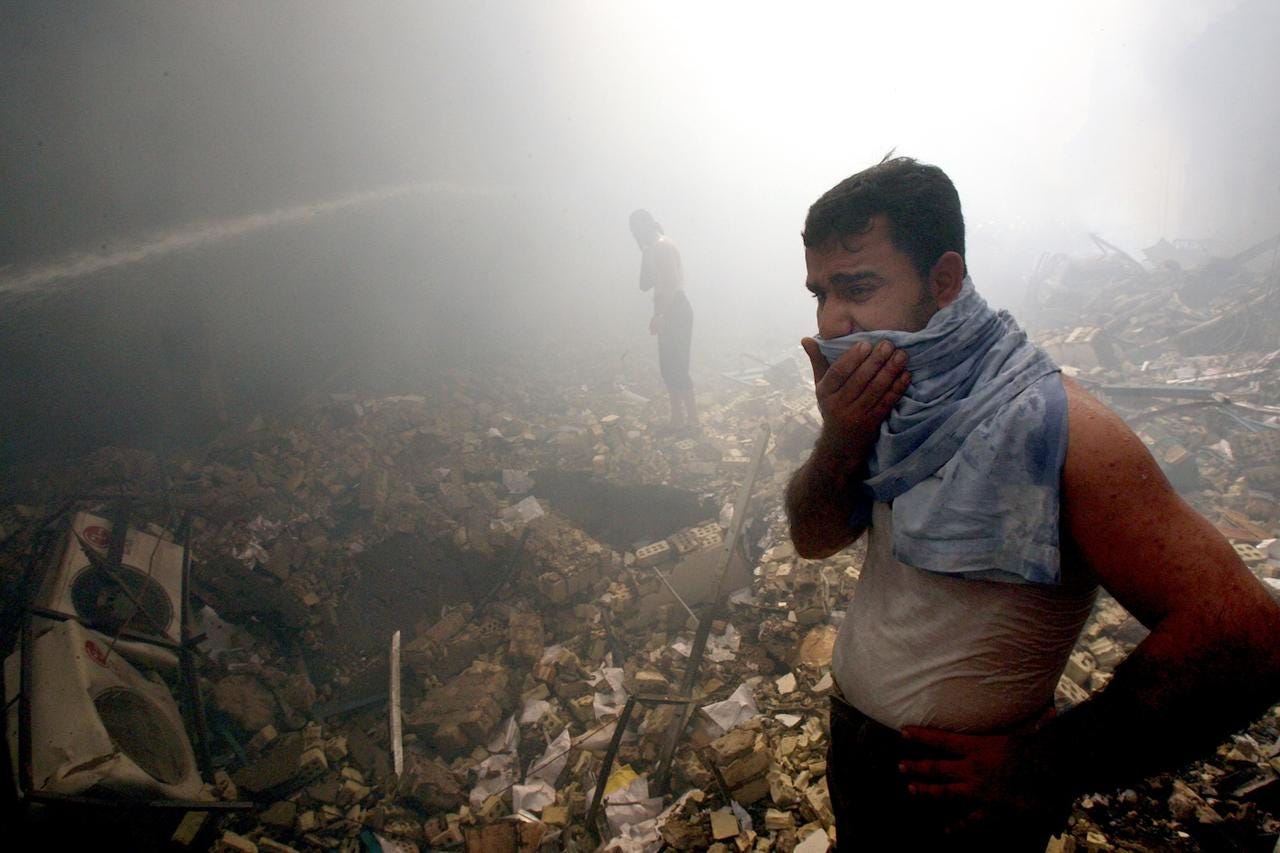Resurrecting the Book Market of Baghdad
When a car bomb obliterates Iraq’s millennium-old literary heart, a bookseller seven thousand miles away resolves that the voices of Al-Mutanabbi Street will not be forgotten.
Before the bomb, Al-Mutanabbi Street in Baghdad appeared to be made of books: they littered the sidewalks, waved from tables and carts, sat on shelves inside bookstores, and peeped at passersby through the windows. The booksellers, like hawkers at the market, advertised the freshness and nourishment of their wares, tempting bookworms with what was in season, from a first edition to an eighteenth-century manuscript to the latest book in a foreign language. Dusty children dodged ivory-colored Ottoman pillars and piles of books as tall as themselves to pry wallets and phones from the pockets of eager book buyers, who realized their loss only after they had sought refuge in al-Shahbandar Coffee House for a drink and a smoke. Before the bomb, the nooks and crannies of Al-Mutanabbi Street were the classrooms and libraries where enlightenment sparked, master’s theses began, doctoral research continued, and publications celebrated. Dictionaries and diaries, no…
Keep reading with a 7-day free trial
Subscribe to Narratively to keep reading this post and get 7 days of free access to the full post archives.




